-
Destinations
-
EuropeWith more than 40 countries and as many different languages, Europe has great cultural diversity. View All Countries
- Albania
- Armenia
- Austria
- Belgium
- Bosnia
- Bulgaria
- Canary Islands
- Corsica
- Croatia
- Cyprus
- Czech Republic
- Estonia
- France
- Finland
- Georgia
- Germany
- Greece
- Greenland
- Hungary
- Iceland
- Ireland
- Italy
- Kosovo
- Lithuania
- Montenegro
- Madeira
- Netherlands
- North Macedonia
- Norway
- Poland
- Portugal
- Romania
- Serbia
- Slovakia
- Slovenia
- Spain
- Sweden
- Switzerland
- Turkey
- United Kingdom
-
AsiaThe largest continent on Earth offers bustling cities and remote hidden valleys waiting to be explored. View All Countries
-
AfricaOne of the most diverse continents in the World. From the heights of Toubkal and Kilimanjaro to the sprawling savannas of South Africa. View All Countries
-
Middle EastA tapestry of ancient wonders and modern marvels, filled with cultural convergences with warm hospitality and a spectacular diverse landscape. View All Countries
-
AustralasiaA place of diverse landscapes, vibrant cultures, unique wildlife, and endless adventures for every traveller's delight. View All Countries
-
The AmericasA vast mosaic of cultures, stunning landscapes, diverse cuisines, and boundless opportunities for exploration and discovery. View All Countries
-
Polar RegionsFrozen wonders unfold in the polar regions with pristine landscapes, majestic wildlife, ethereal aurora. A surreal realm awaiting intrepid explorers. View All Countries
-
Europe
- Activities
 Walking & Trekking
Walking & TrekkingThe world’s best walking routes from leisurely footpaths to challenging trails.
 Cycling
CyclingRoad, mountain, adventure and leisure cycling holidays across the globe.
 Mountaineering
MountaineeringTaking you high into the world's most spectacular mountain ranges.
 Culture
CultureActive journeys focusing on the cultural highlights of a country.
 Wildlife
WildlifeWildlife experiences and safaris to see the world's most incredible animals.
 Family
FamilyFun-filled adventures to share with all the family, led by specialist leaders.
 Polar
PolarDiscover the unique wilderness landscapes and wildlife of the Arctic and Antarctica.
 Winter
WinterThrilling snowy escapes away from the downhill crowds.
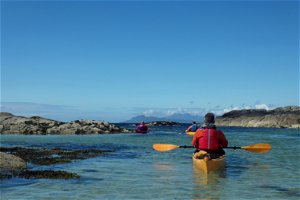 Sea Kayaking
Sea KayakingExplore the world from a different perspective on one of these adventures.
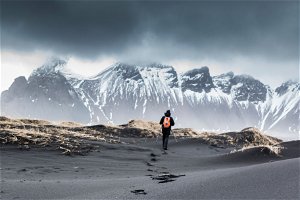 Pioneer
PioneerUnique, expedition-style trips; adventures you never knew existed.
- Ways to travel
 Guided Group
Guided GroupSmall group holidays led by fantastic local KE leaders.
 Self-Guided
Self-GuidedTravel at your own pace while we arrange all the logistics.
 Family
FamilyFun-filled adventures to share with all the family, led by specialist leaders.
 Private Group
Private GroupExperience our guided adventures, exclusively for your friends and family
 Solo Travel
Solo TravelJoin like-minded travellers on our guided group adventures, or travel Self-Guided.
- Inspiration
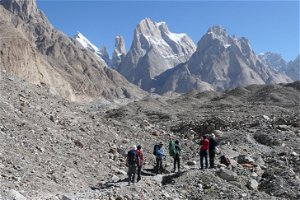 KE Classics Collection
KE Classics CollectionEncapsulating the spirit of KE from the past 40 years of adventure travel.
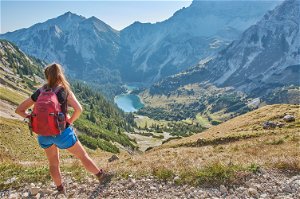 Alpine Adventures
Alpine AdventuresAn adventurers playground, from quaint alpine villages to towering peaks.
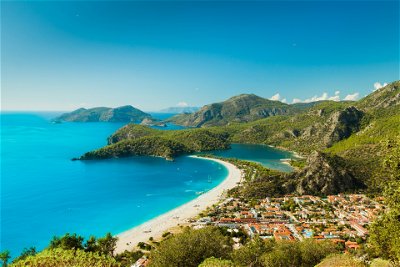 Coastal Walking
Coastal WalkingGaze out to sea and follow rugged trails past golden beaches.
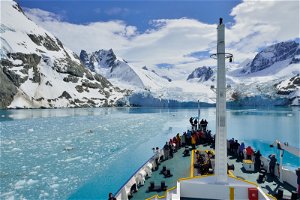 Expedition Cruises
Expedition CruisesOnce-in-a-lifetime adventure across the frozen oceans.
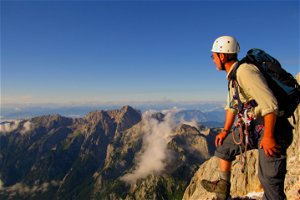 Highest Peaks
Highest PeaksFor the peak-baggers! Climb the highest peak in each country.
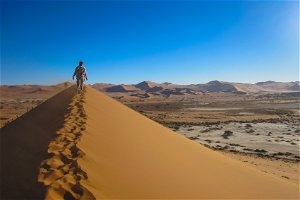 Desert Adventures
Desert AdventuresIncredible landscape by day, stargaze the endless sky by night.
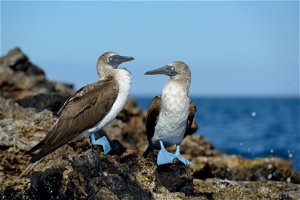 Island Adventures
Island AdventuresIsland-hopping in the Galapagos to the Canaries to the paradise trails of Bali.
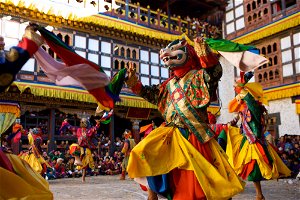 Festivals
FestivalsTiming your holiday right to coincide with a local festival.
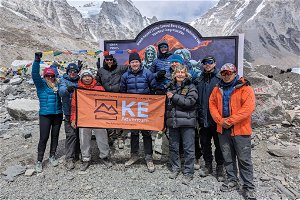 Best-Sellers
Best-SellersStep into one of our best-selling adventures.
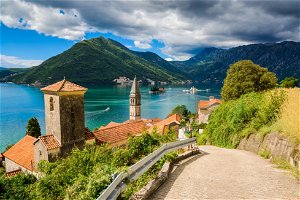 The Mediterranean
The MediterraneanEnjoy the fabulous climate, food and routes all around The Med.
